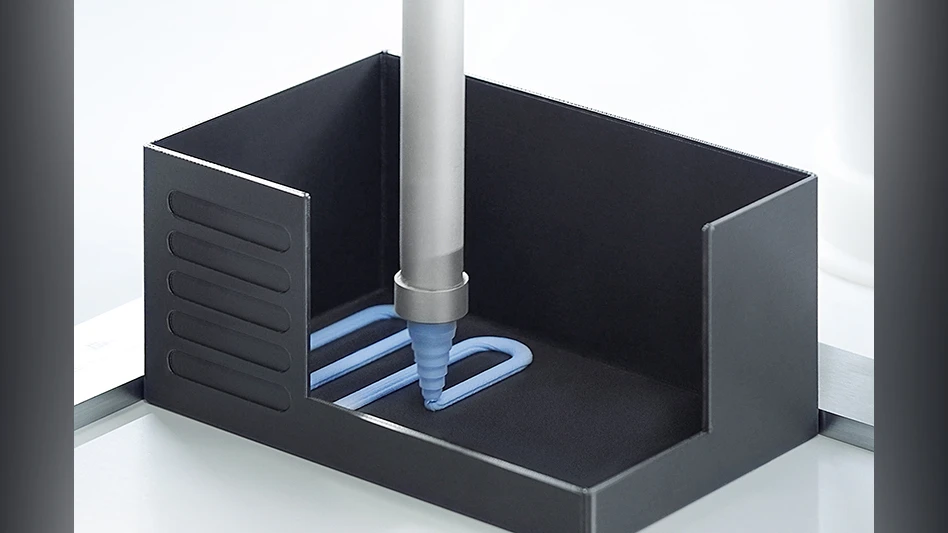
Presidential candidate Donald J. Trump campaigned on the promise to make America great again. President-elect Trump has kept America guessing on how he will deliver on that promise. An unconventional Republican, Trump railed against insider politicians and well-connected special interests, yet as a pragmatic businessman, he must deal with the realities of the modern world. Here are some considerations for the aerospace industry.
Trade. Talk of putting the United States first in international trade deals struck a sympathetic chord with his supporters. Trump’s trade policy (https://goo.gl/zcxByW) includes withdrawing from the unratified Trans-Pacific Partnership (TPP) and renegotiating or withdrawing from the North American Free Trade Agreement (NAFTA). Such actions are widely discussed as a potential threat to the automotive supply chain, but trade partners Canada and Mexico are also significant sources of aerospace products and services – Canada’s aerospace sector is valued at more than $28 billion, according to the Aerospace Industries Association of Canada. Any disruption to free trade could threaten the competitiveness of major U.S. commercial air transport engine and airframe manufacturers. Protectionism encourages retention of inefficiencies for the sake of jobs. Trump, the negotiator, may be taking an extreme position to eventually settle for less-drastic trade pullbacks.
Imposing tariffs on importing foreign-made steel resonates with domestic commodity producers, but there seems less concern about titanium, much of it sourced from Russia – any import restrictions are problematic for products such as aircraft made of thousands of parts sourced globally.
Brexit – the U.K.’s withdrawal from the European Union – presents opportunities for greater cooperation with the U.S. on trade. Partnerships already established shouldn’t suffer – and better opportunities, especially in a commercialized U.S. space program, will attract U.K. companies if they are shunned by European partners.
Defense. Trump’s website (https://goo.gl/NhPnDa) stresses the president-elect’s vision to rebuild and grow national defense capabilities “by conducting a full audit of the Pentagon, eliminating incorrect payments, reducing duplicative bureaucracy, collecting unpaid taxes, and ending unwanted and unauthorized federal programs.”
Funding such an expansive vision this way is like checking under the sofa cushions for loose change. It’s ultimately about who controls the budget. With a Republican-majority Congress, defense hawks may have an easier time promoting their agenda, but with so many expensive, long-lived programs competing for scarce funds, not all will advance according to military planners’ desires. In the short term, it’s not unreasonable to expect fewer units or delayed timetables for the F-35, KC-46, or B-2 bomber replacement. A real budget – not continuing resolutions – will be required to advance Trump’s national defense policy, but don’t expect that to take effect before fiscal year 2018.
NATO and other allies. Expect calls from the Trump administration for greater financial contributions from allies considered able to afford bearing more of the cost of their own defense. That money would have to come from increased taxes or budget cuts elsewhere – actions as unpopular abroad as they are in the U.S. Mixed messages from the Trump camp about the importance of NATO may signal a willingness to negotiate, but all seems predicated on the U.S. having the upper hand. – Eric

Explore the November December 2016 Issue
Check out more from this issue and find your next story to read.
Latest from Aerospace Manufacturing and Design
- 2024 Favorites: #10 Article – How 3D-printed aviation parts can accelerate return to air
- 2024 Favorites: #10 News – Boom Supersonic completes Overture Superfactory
- OMIC R&D hosts Supporting Women in Manufacturing Day 2024
- 4D Technology's AccuFiz SWIR interferometer
- Seventh Lockheed Martin-built GPS III satellite launches
- KYOCERA AVX's CR Series high-power chip resistor
- UT researchers receive Air Force grant for wind tunnel
- Monticont's linear voice coil servo motor





